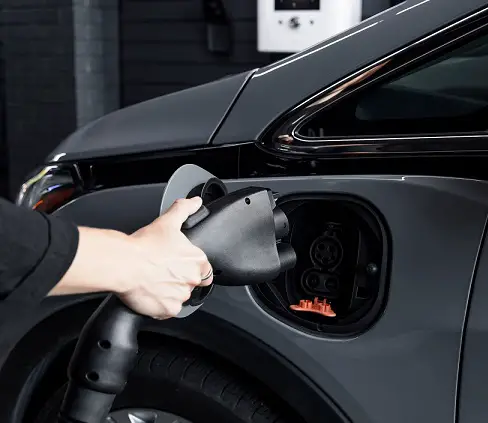A new report in the Wall Street Journal noted that American consumers are continuing t0 purchase gas powered vehicles in large numbers, however this has left Electric Vehicles (EVs) “piling up on dealer lots.”
The journal noted that despite the federal government making major investments in the industry, and automakers investing heavily in new EV models and manufacturing capacity, Americans are still not ready to buy the vehicles the way analysts have been predicting.
The journal wrote, “As a result, electric cars and trucks are piling up on dealer lots, causing auto companies to reassess their investment plans. It takes a dealership around three weeks longer to sell an EV than a gasoline vehicle, according to data from car-shopping website Edmunds. A year ago, battery-powered models were selling faster than their gasoline counterparts.”
The report noted the biggest reason Americans were turning away from EVs was not the lack of charging stations or the worries over reliability, but rather the high cost of the vehicles.
The figures in the report showed that the EV was priced at $52,000 as of last month, compared to the average gas-powered car which came in at under $45,000. Analysts said they did not expect the price of EVs to begin to come down until 2025.
The other issue which is confronting automakers is that only a few states and cities are responsible for the overwhelming majority of sales of EVs. Almost 25% of all EVs sold from July through September were sold in California, while the top four cities for EV sales were in California.
Meanwhile car dealers have begun to rebel against the switchover to electric, with half of Buick dealers accepting a buyout from parent GM, rather than be forced to pay for chargers, maintenance facilities and other expenses in order to be able to sell the EVs, which they feared would not sell after all of the expenses.
In addition, a recent report by Consumer Reports found that among their members, EVs have 80% more mechanical problems than traditional combustion engines.

